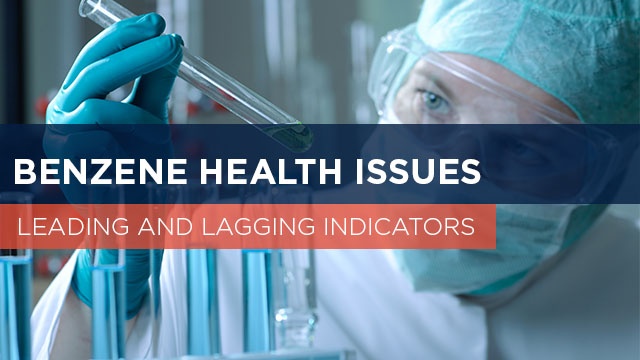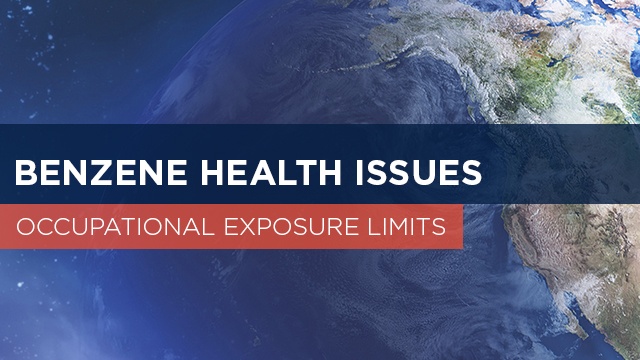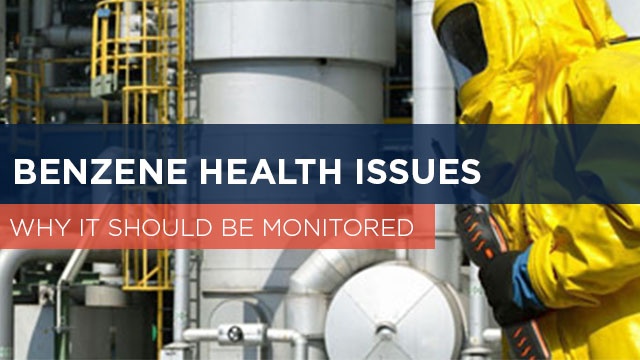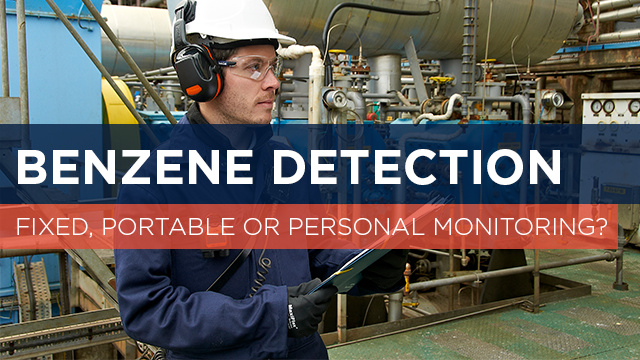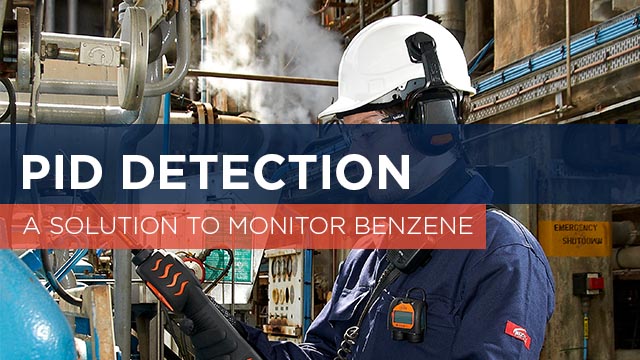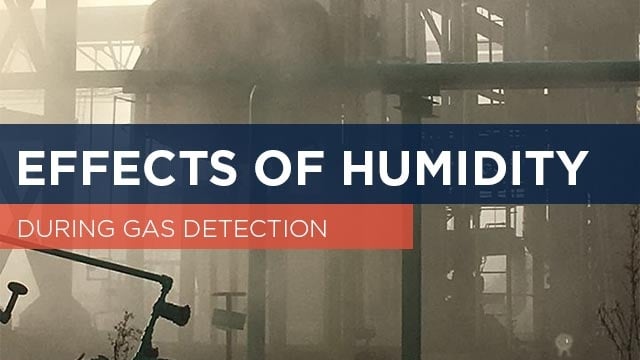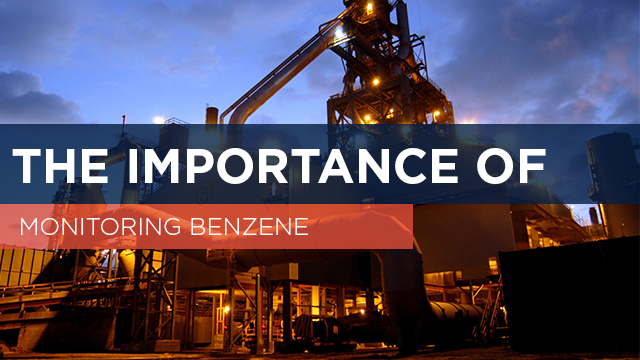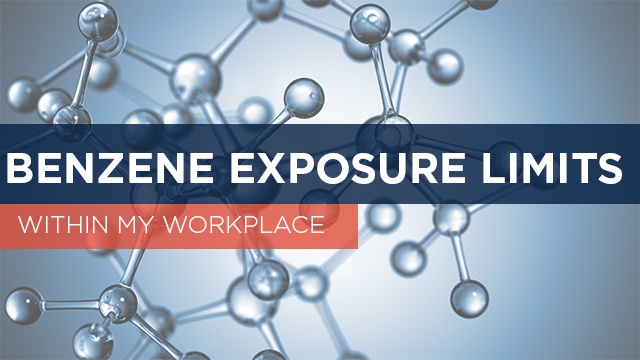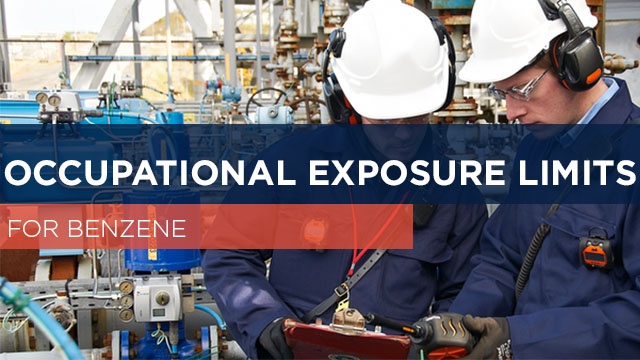A Complete Guide to Benzene
VOCs have a significant vapour pressure at normal ambient temperature which means they evaporate (volatilise) at low temperatures so they can easily enter the body through normal breathing but can also be absorbed through the skin or by swallowing material containing it.
The effects on worker’s health depends upon how much benzene they are exposed to and for how long and as with other organic solvents, the immediate effects of a single exposure to a high concentration (hundreds of ppm) e.g. from a fugitive process leak, include headache, tiredness, nausea, dizziness and even unconsciousness if the exposure is very high (thousands of ppm) meaning an acute safety incident.
Benzene Health Issues: Leading & Lagging Indicators
Leading and lagging indicators
Health surveillance by conducting a urinary test or blood count can of course show evidence of exposure but these are lagging indicators i.e. after exposure has already taken place by which time damage may have been done.
A preferable leading indicator for benzene exposure would be to monitor using a real-time monitoring instrument such as a photoionisation detector.
These can be fixed, portable or personal devices depending on the application or a combination of all three for maximum worker protection.
Benzene Health Issues: Occupational Exposure Limits
Occupational Exposure Limits
The table below shows the existing OELs indicated as an 8-hour time TWA and 15-minute STEL (where stated) for selected EU member states and agencies in the USA.
Recognising the specific concerns over benzene, the EU has turned to the European Chemicals agency (ECHA) to “review and evaluate the information already available and assess the most recent scientific information”.
Benzene Health Issues: Why It Should Be Monitored
Hazardous chemicals that pose a risk to human health are present in many raw materials such as oil. Normally these are safely transported and contained within process pipework and reaction vessels during normal plant operation. However, routine plant repair and maintenance (planned turnaround) or a fugitive release, due to faulty anges on valves for example, can potentially expose workers above the legal occupational exposure limit (OEL).
Fixed, Portable or Personal Monitoring for Benzene Detection
Fixed, portable or personal monitoring for benzene detection?
Applications for PIDs include:-
- fixed systems for area or fenceline monitoring of fugitive emissions
- portable instruments for con ned space entry checks or leak detection & repair
- personal instruments, to alert a worker to a concentration above the regulatory OEL
PID Detection: An Ideal Solution to Monitor Benzene
The photoionisation detector (PID) has proven to be an ideal solution to monitor benzene within the environment. But there are several considerations that must be borne in mind when choosing an instrument.
PID theory of operation
Figure 1 is a schematic of a typical PID sensor system. A UV lamp generates high- energy photons, which pass through the lamp window and a mesh electrode into the sensor chamber. Sample gas is pumped over the sensor and about 1% of it di uses through a porous membrane lter into the other side of the sensor chamber. The inset on the ‘lower right’ of gure 1 shows what happens on a molecular level. When a photon with enough energy strikes a molecule M, an electron (e-) is ejected. M+ ion travels to the cathode and the electron travels to the anode, resulting in a current proportional to the gas concentration. The electrical current is ampli ed and displayed as a ppm (or part per billion (ppb)) concentration. Not all molecules can be ionized, thus, the major components of clean air, i.e., nitrogen, oxygen, carbon dioxide, argon, etc., do not cause a response, but most VOCs do give a response.
The Effects of Humidity During Gas Detection
Effects of humidity
The presence of humidity in the sample gas can unfortunately disrupt the measurement leading to inaccurate results. Heated inlets to achieve a stable temperature (typically 50oC) are power hungry and a challenge to achieve in, say a refinery, where stringent intrinsic safety (IS) requirements have to be met.
However, looking at Figure 1, the presence of an additional fence electrode within a PID sensor, can overcome the problem and practically eliminate the effect of humidity. It does this by behaving as a conductive break when there is excess current ow caused by the presence of humidity.
The importance of monitoring benzene
Why is monitoring benzene important?
Unlike other health and safety hazards, the only way to carry out a risk assessment for benzene exposure is to monitor quantitatively. Like other volatile organic compounds (VOCs), benzene evaporates easily and most people can just detect its distinctive ‘aromatic’ smell at concentration between 2.5 and 5 parts per million (ppm) in air but regulatory occupational exposure limits (OEL) are typically 1 ppm. However the ‘direction of travel’ for the OEL is towards 0.1 ppm and knowing that benzene is a hazardous, carcinogenic chemical, it is imperative that the measurement solution is sensitive and accurate.
It must also be capable of operating in harsh process plant environments in the likely presence of dirt, dust, high humidity and interference from other VOC/aromatic compounds.
What are my workplace benzene exposure limits?
What are your options for measuring benzene exposure within the workplace
Knowing the obligations of legislation and OELs, the question remains, how do I know if my workplace benzene exposures are below the limits for my country?
Unlike other health and safety issues that are managed by risk assessment, this can only be determined by monitoring.
Understanding occupational exposure limits for benzene
EU Directive 2017/164/EU5 has introduced indicative occupational exposure limit values (IOELV).
These are health-based, non-binding values, derived from the most recent scientic data available and availability of measurement techniques. For any chemical agent for which an IOELV has been set at EU level, member States are required to establish a national occupational exposure limit (OEL) value. They are required to take into account the EU limit value, determining the nature of the national limit value in accordance with national legislation and current practice.


